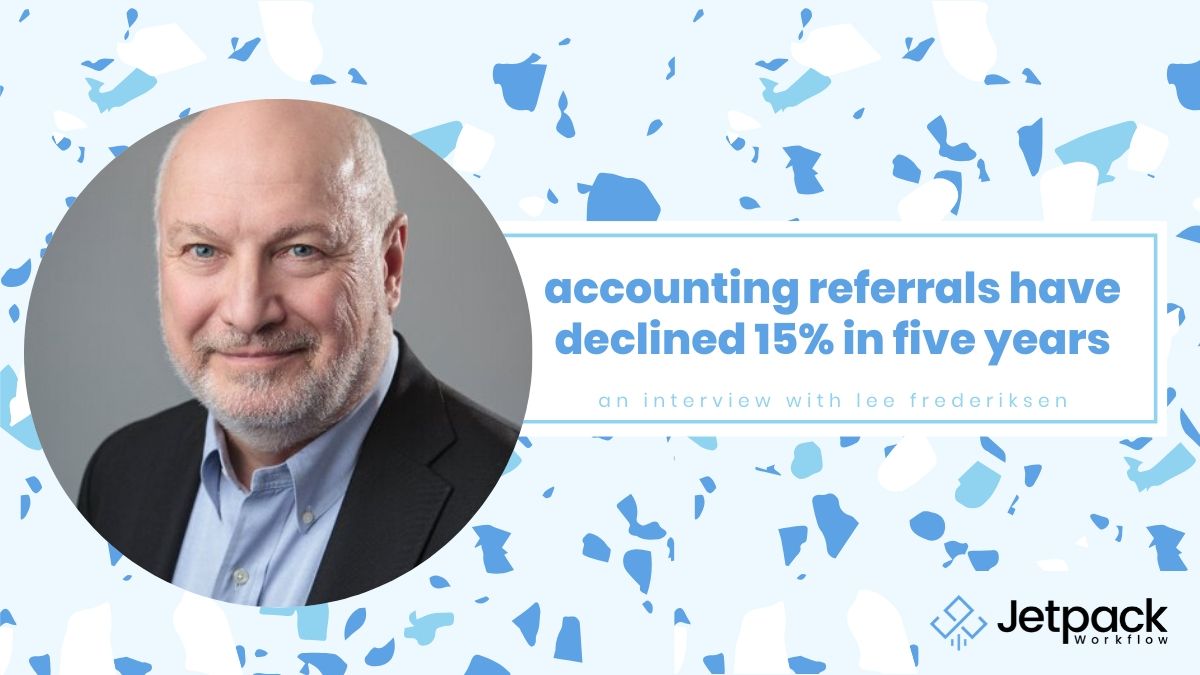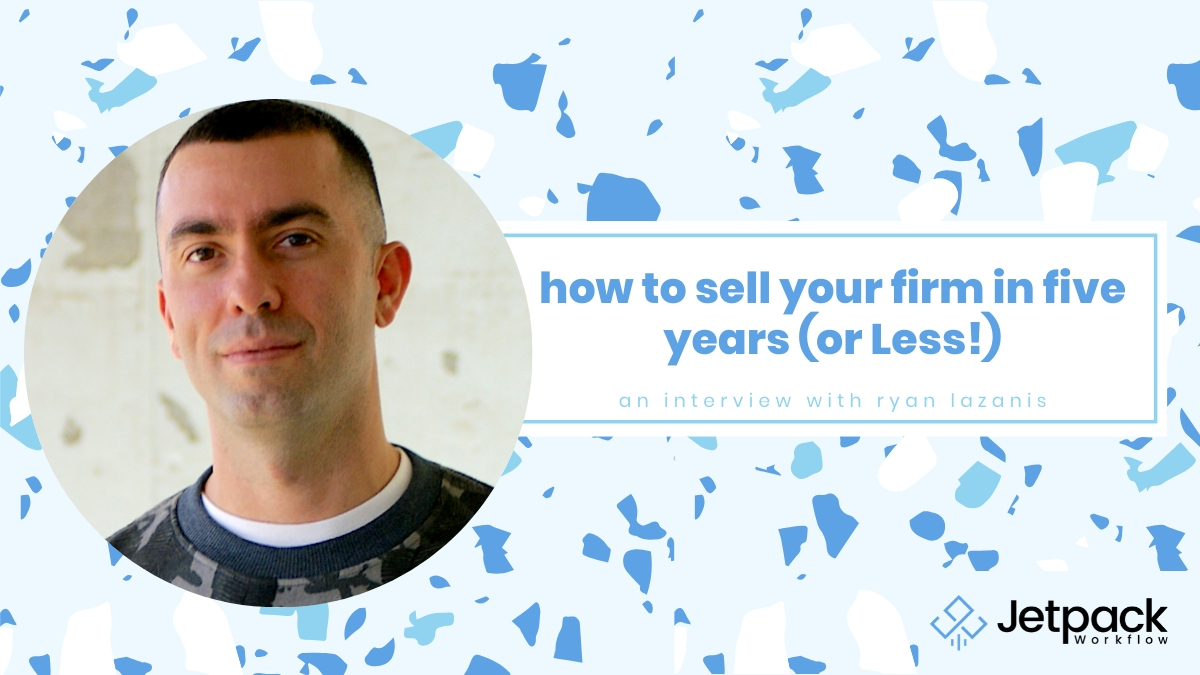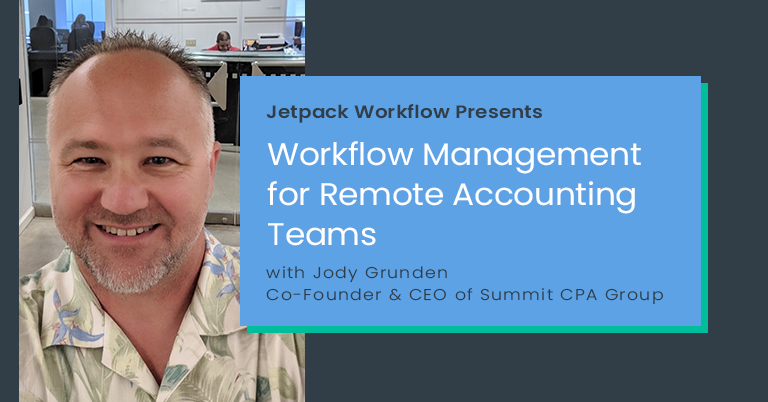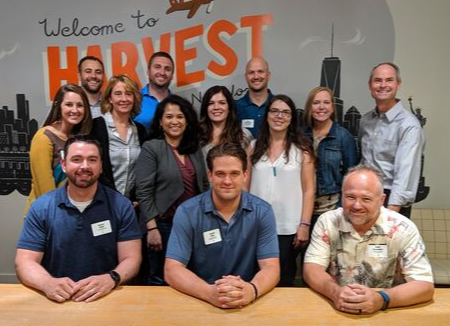The Three Stages Of Firm Growth
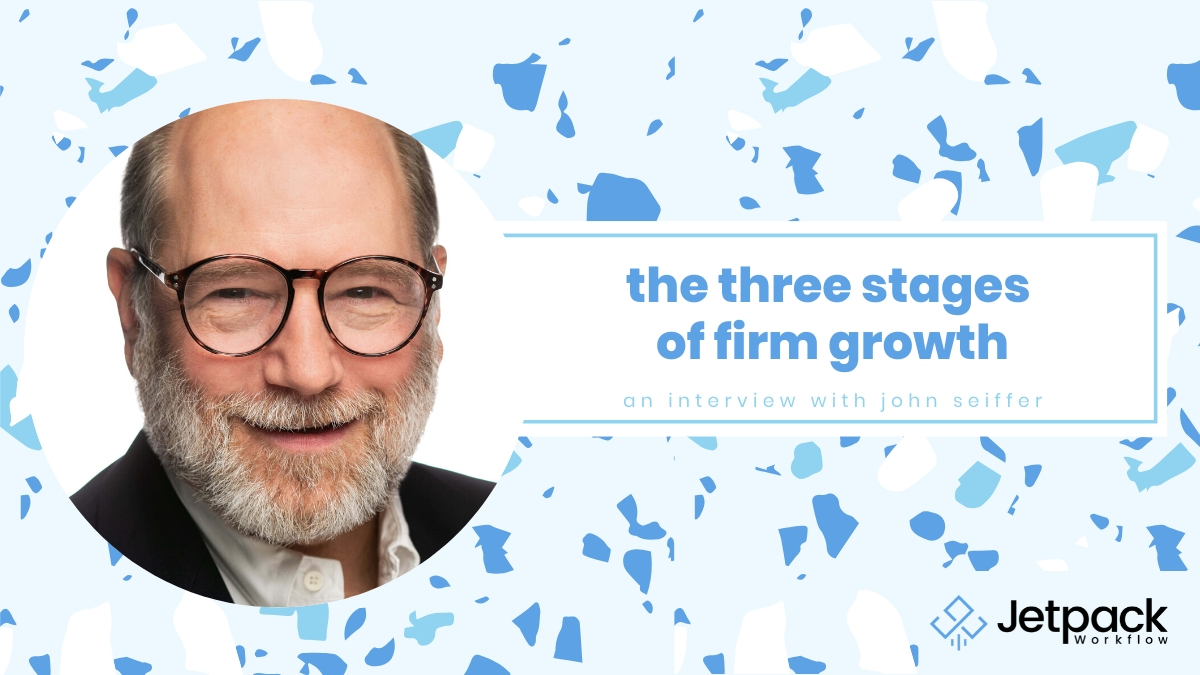
If you’ve been following along with the stories of firms in this podcast, you’ll know that there are distinct stages that each one goes through. That first hire. That point when they decide to redo their workflows. Deciding when to scale up. That sort of thing.
John Seiffer has been helping businesses grow for decades. He’s the owner of CEO Bootcamp and has been coaching businesses on how to get through these stages without tears for 25 years. Through his coursework, he helps small businesses (under 150 employees) of many varieties, not just accounting, get past their growing pains and turn into something worthy of acquisition. We’ll be sharing the different stages of businesses he uses in his method in this interview. Full disclosure, our own David Cristello is a client!
Summary
- How John got into the coaching business
- The three stages of growth and the growing pains for each stage
- How to recognize which stage you’re in
- Why business books might not be your best bet to learn things
- A commencement speech worth paying attention to
Resources
- John’s coaching business: https://www.ceobootcamp.com
- John’s email: john@ceobootcamp.com
- Links to the Dan Pink speech:
Each Business Stage Requires A Leap Of Faith
Organizations evolve as they grow. The biggest changes happen when they are still small. The things successful businesses do when you’re a lone practitioner are different than what they do when you have three people, or 10-12 people, or 20-30. By the time you get to around 100 people, it’s a matter of scaling what is already there.
Most business books are written by successful owners who have grown far beyond these early stages. Advice that works for them as a mature business may not be the best advice when you are small. John Seiffer has made a career out of coaching business owners on how to get through the early stages of growth. Each stage requires a leap of faith on the part of the owner.
The First Stage
The first major stage in growing a business is when an owner decides to make their first hire. That’s the point when a business owner has to recognize that there is another person dependent on the health of their business. Out of fear about this, many business owners put off the decision for far too long.
John’s recommendation for a first hire is an office assistant, someone who can do all the things that prevent you from being more productive. Anything that’s not billing a client, sales, or productive work should go to the first hire. They need to free up your time so you can make more money. That will give you the confidence that you’ll be able to meet payroll.
Once you hire that first employee, you’re at what John calls a Stage One company. You have at least one employee, but the CEO is still doing most of the work with the clients. Other people may be brought in to help or to bring in new work, but it still goes through the CEO.
The Second Stage
As your business grows, you reach a point where the CEO has to spend more time managing employees than they do managing clients and doing work. You can call this the systems development phase.
Stage two businesses are laying the foundations for scaling and efficiency. They’re exploring tools like Jetpack Workflow to optimize the business and growing their employee base. This is when you start building workflows where it’s more profitable for you to not work with clients directly, or at least where you can pick and choose which clients to serve.
The leap of faith at this stage is trusting your employees to handle the work, whether it’s production or sales. A lot of CEOs at this stage feel like they’re losing control over the work or the sales process. This can make them panic and it keeps companies small. If you want to move to this stage, you have to make a conscious decision to let your employees handle the day-to-day work so you can work on improving your employees and your workflows.
Here’s a technique you can use to keep down the fear. Give your employee a task and a deadline, then make a plan to check in with them when it’s 10%, 50%, and 90% done. Tell the employee when you’ll meet and stick to the plan. Don’t ask them about the task outside of the times. This will give you feedback on where the employee is and let you step in if necessary while also giving the employee room to shine without too much interference.
Specializing Instead Of Growing
However, some business owners love working with clients and would never want to give that up. If you’re in that position then you have to grow your firm a different way through specialization.
Your growth cap will be limited and it will be difficult to sell a business if you stay at stage one, but you can still keep your company small and profitable if you can deliver a unique service or something that’s extremely high-quality. It’s similar to being a medical specialist. They can keep small offices and have few patients, but they make a ton from each one because they have something no one else can easily provide.
The Third Stage
If you get strong enough in the second stage, you’ll start to attract the attention of people in the third stage. Stage three businesses are regional or national powerhouses in an industry. They don’t grow by getting more clients but by buying other firms.
At this stage, CEOs aren’t focused on the employees. That’s what VPs and senior executives are for. Instead, they’re focused on looking for acquisitions, keeping an eye on the industry, and looking for new markets or new products. Their gaze is on the competition and the industry.
Few firms have aspirations of this level, but the Big Four accounting firms once all started as tiny stage-one businesses. If you do want to get that big then you have to get through the earlier stages.
There’s lots more in the podcast than we can cover here, so if what you’ve learned here has whetted your appetite then listen to the full podcast. Thanks again to Mr. Seiffer for appearing on our show.





